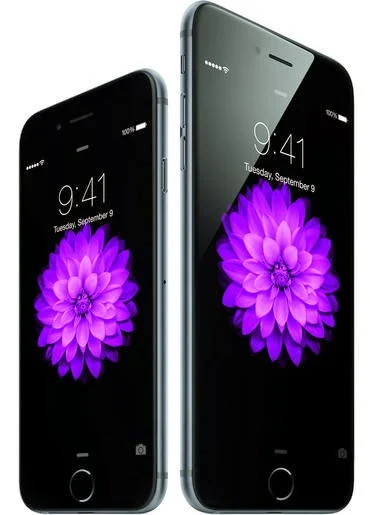Do you know, you can share your Google data even after your death? Yes, now it is possible with an exciting feature provided by Google. Google always comes with the exciting features and this is one of them. You can share your data with anyone you want after your death.
Here are the few steps through which your data can be transferred if your account has not been accessed for a particular period of time.
Log in to your Gmail account. Go to your account settings. At the end of the page, in the account management there will be an option “Learn more and go to setup”. Click on that. Then on the next page click on setup. Then at the option “Notify contacts and share data” click on “Add trusted contact”. In this you can add up to 10 contacts. It asks you either enter the email address or the name of the persons with whom you would like to share your data. Enter the email or name of the person who you think can be trusted to share data with.
Click on next. Then it asks you what you would like to share. It gives you the following options:
Contacts, Drive, Hangouts, Mail, Picasa Web Albums, Reader, YouTube. You can also select all of them. On the same page it asks you to enter the mobile number. A verification code will be sent to that number after your account becomes inactive. That code will be required to access your dataafter your account becomes inactive. So, enter the mobile number of the person whose name or email id you provided earlier.
Then, it will ask you to add a message along with the subject. This message will be sent to the person whom you would like to share your data. This message will be sent after your accountbecomes inactive. After adding the message click on save.
Then you can select the time you would like your account to be inactive after your last signing out. You have to select an option out of 3 months, 6 months, 9 months, 12 months, 15 months and 18 months. By default it is set to 3 months. It will ask you to provide a contact number on which an alert will be sent before performing any action on your account. It will also give an option that whether you would like your account to be deleted after becoming inactive. You can specify that also. Then finally click on enable.
Once you enabled it don’t forget to access it for the time duration you entered your account to be inactive within, if not accessed.
Enable it as early as possible if you wish to share your data with someone after your death.

